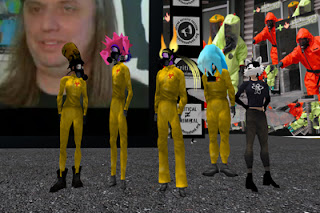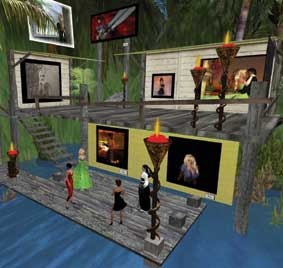Direct mail in the New Frontier: Here to Stay or Only a Click Away Speakers: Catherine Carter, Broward Center for the Performing Arts, Ft. Lauderdale , FL; Shelly Felder and Howard Levine, 92 nd Street Y, New York City; Rick Lester, Target Resource Group, Woodland Park, CO; Laura Sullivan, Penn State’s Center for the Performing Arts, University Park, PA In 2006, direct marketers mailed 116 billion pieces of direct mail. Quantity increased by 15% over the previous year, primarily because there is no spam filter to get through or “Do Not Call” list to deal with. Plus many people seem to prefer a tangible, paper offer. Direct mail expenditures in 2006 were $59 billion. National response rate for all offers was 2.15% On a national average, one year lapsed subscribers had a response rate of 3.3%, traded names 0.14%, rented names 0.05%, and current single ticket buyers 2.6%. It was suggested that it is too expensive to mail to rented names. New rule is in place: always step on your offer...




















